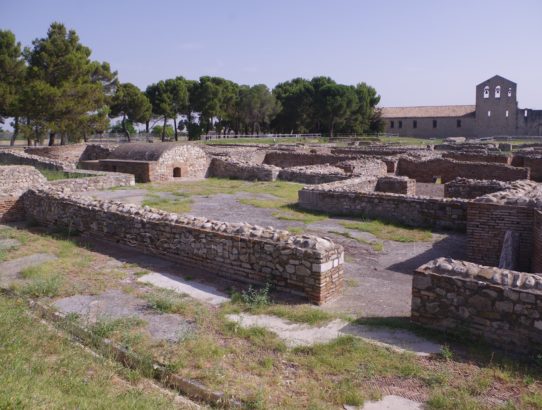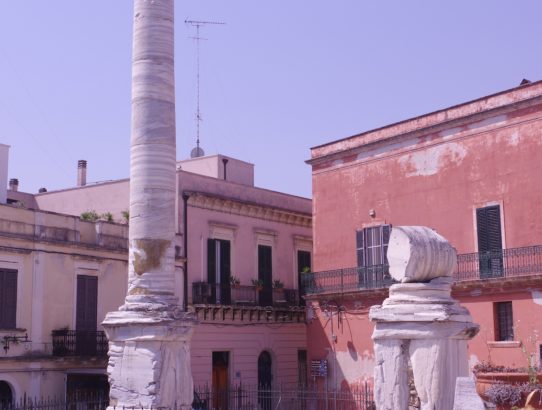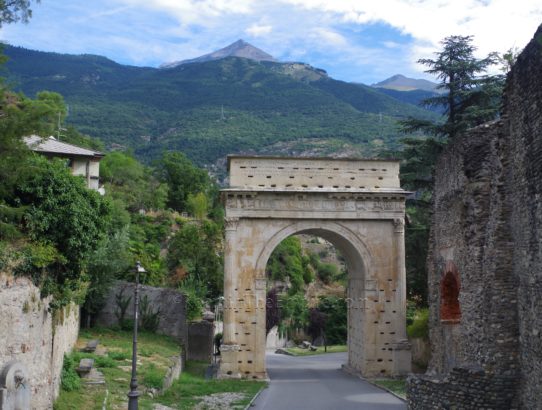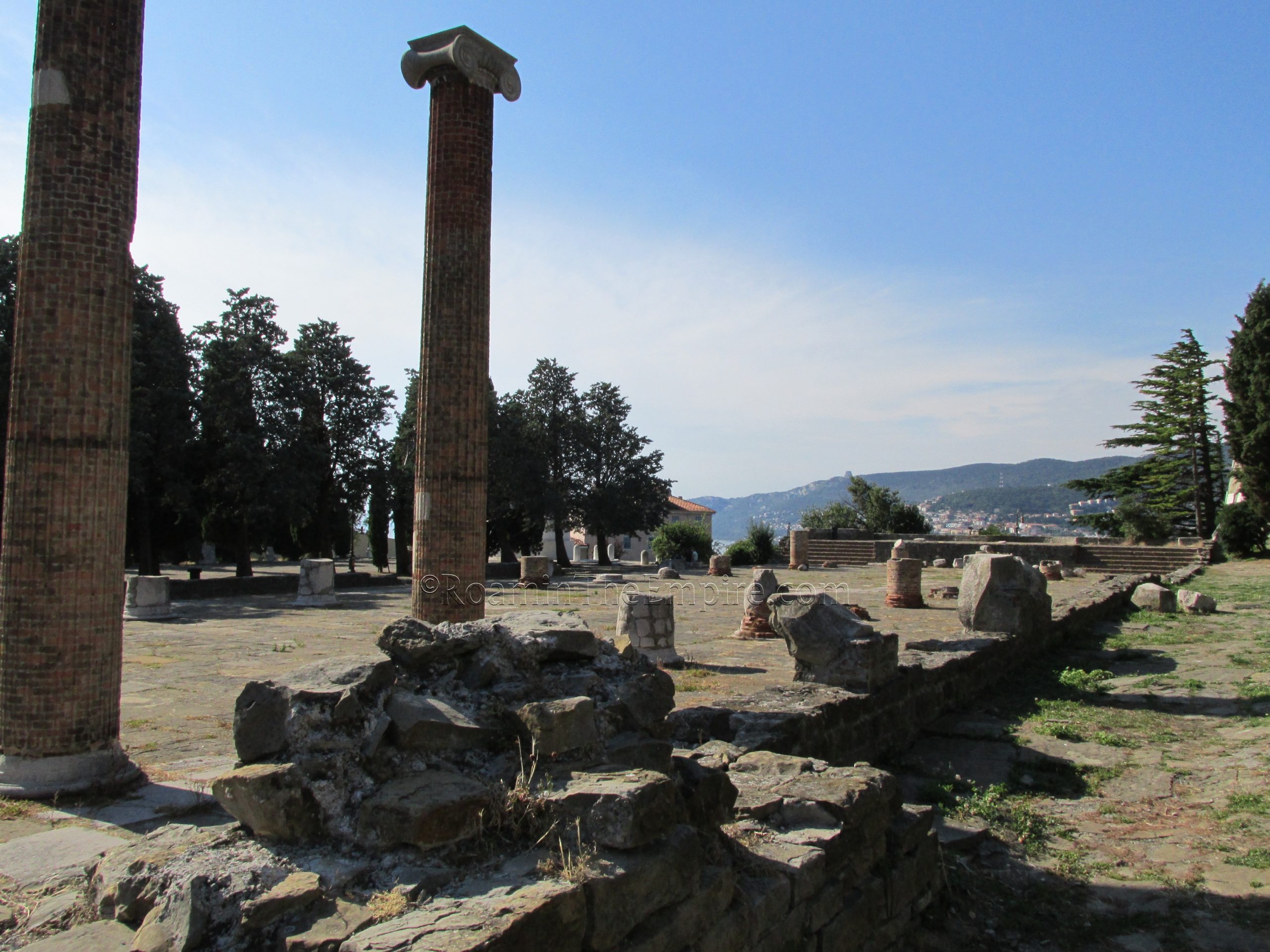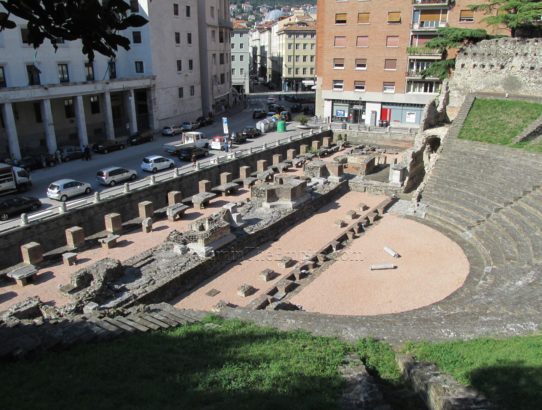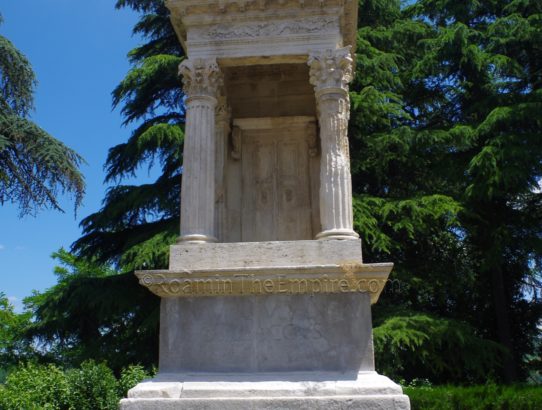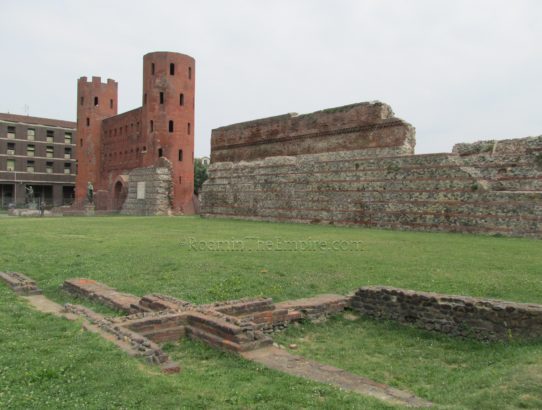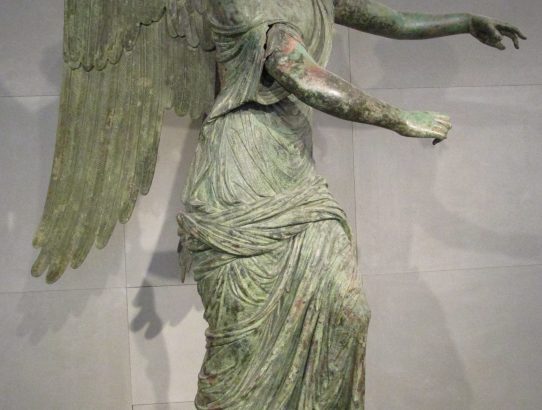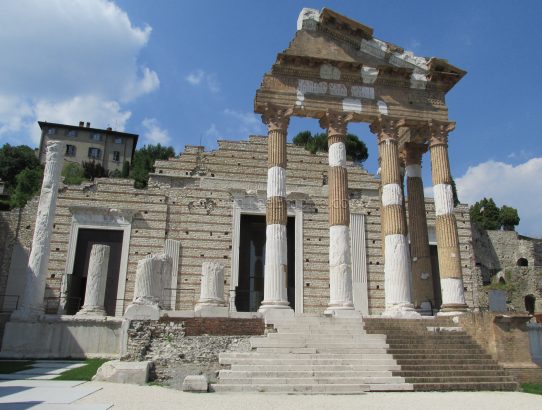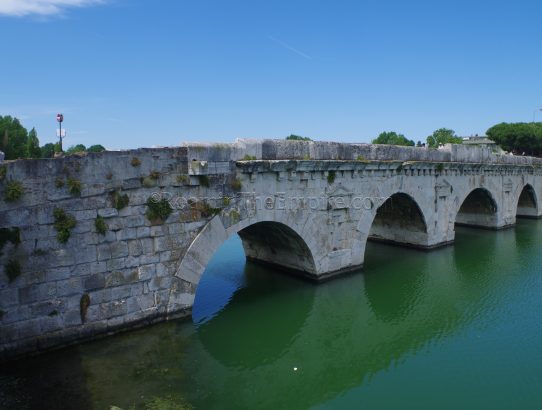Venusia, Samnium
Most Recent Visit: July 2023 Little is known of Venusia (today modern Venosa in Italy’s Basilicata region) prior to conquest by the Romans, though according to legend it was founded by Diomedes after his arrival in Italy. He dedicated the city to Aphrodite in hopes of making amends with the goddess after he wounded her…
Read More


